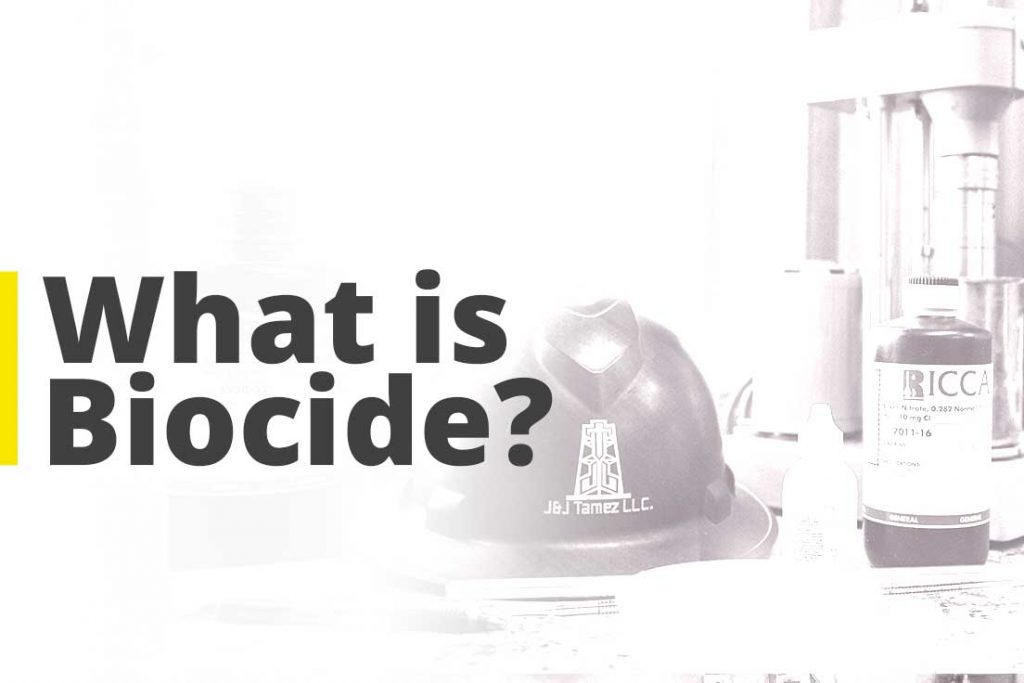Importance of Biocide in the Oil and Gas Industry

Various types of chemicals are used by the oil and gas industry to maintain the production flow of the wellbore. Some top chemicals are biocides, oxygen scavengers, corrosion inhibitors, and H2S scavengers. Biocides are one of the most common chemicals that are outsourced by many oil and gas companies.
What is Biocide?
Biocides are used in the offshore oil and gas industry to maximize production by protecting assets through the inhibition of microbial induced biofilm and corrosion. An oil and gas company is careful when using this chemical. It is used in small amounts to control the growth of bacteria and other harmful organisms in the wellbore. Protection of equipment and an increase in the operational efficiency by controlling microbially induced corrosion are necessary. Biocides effectively treat bacterial metabolisms, such as acids, scales, slime, and poisonous gases. Biocides are also useful to protect the top structure from rusting.
Biocides work effectively to treat pipelines from bacterial growth. Biocides are recommended to use during hydrostatic testing to prevent the internal equipment from corrosion. The chemical is used in small quantities while water is injected to the wellbore.
Types of Bacteria and Their Effects
Different types of bacteria are found in the oil and gas production well and equipment. Biocides work effectively to reduce the growth of common types of bacteria.
Sulfate-Reducing Bacteria – The common bacteria is hydrogen sulfide that can cause corrosion, reservoir souring, disposition of scales, and risks for one’s health.
Acid-producing bacteria – This type has two common metabolisms such as organic acids and inorganic acid.
The bacteria can lead to corrosion.
Slime forming-bacteria – It is a kind of polymer that can lead to biofilm, and enhance the growth of sulfate-reducing and acid-producing bacteria.
Chemical Mixing Plants are responsible for producing certain types of chemicals after analyzing and preparing them in their high-end technical lab. Before these chemicals are dispatched to the oil and gas agency, they go for the rigorous quality check to eliminate any potential problems. It is a highly responsible task that cannot be overlooked. After chemical lab testing through various steps, it goes for bulk production and is transported safely to the offshore zone.
